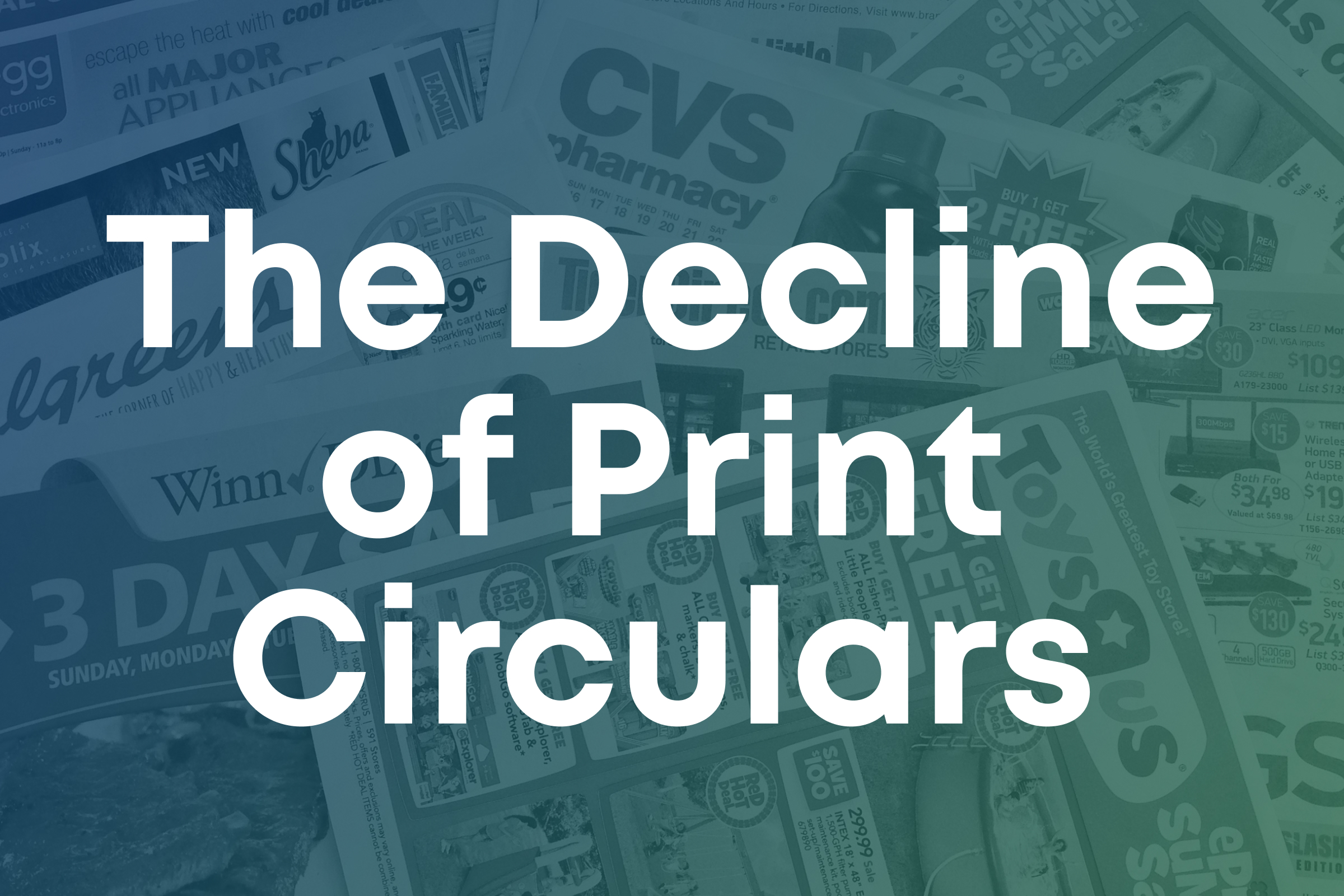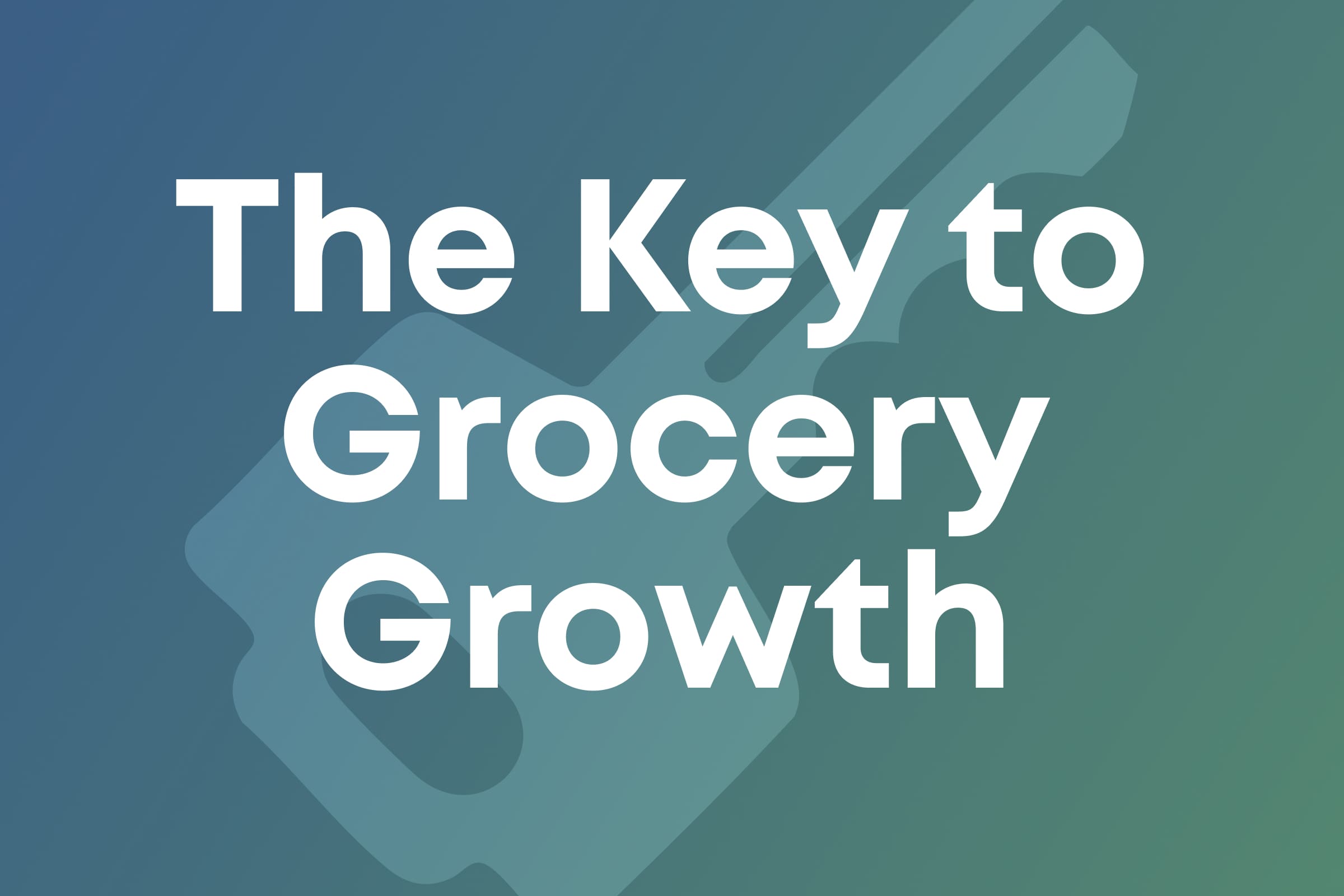That’s How the Third-Party Cookie Crumbles
Sean Turner
Third-party data is out—and first-party data is in. Here’s how first-party-data helps retailers navigate retail advertising and grow their business.
No longer considered a treat among retailers, the third-party cookie continues to grow stale. In fact, tech giants like Apple and Mozilla have already phased them out, while Google plans to follow suit in the latter half of 2024. With its inevitable departure, third-party data needs a successor that can help maximize the customer’s journey—and first-party data is ready to take the reins.
But how can it be used effectively in the world of digital retail advertising? How can retailers leverage this new solution to influence and win over customers?
Here, we discuss just a few ways first-party data can help retailers propel their advertising to new heights—and maintain strong digital relationships in a post-cookie era.
The importance of owning your customer’s data
Retargeting, audience targeting, and geotargeting are all examples of targeted advertising strategies where retailers push ads based on a person’s location, demographic, or even browsing habits. First-party data allows retailers to collect user information with explicit consent and as a result, create more highly personalized targeted marketing campaigns. When it comes to recommending consumer packaged goods (CPG), this strategy is especially effective, solidifying the importance of owning the customer’s data.

The rise of contextual advertising
Steadily rising in popularity and demand, contextual advertising is projected to be valued at a whopping $297.68 billion in 2023—and for good reason. It creates effective touchpoints by pushing ads relevant to the web pages that customers view in real time. For instance, let’s say that someone is considering a vegetarian diet. First-party data collects information that gives a glimpse into their eating habits and preferences. With this in mind, retailers can send ads for meat alternatives.
When used correctly, it has the potential to dominate traditional digital retail advertising—and even other direct marketing and retargeting efforts. It sends signals to advertisers in a timely manner, enabling them to send a helpful nudge exactly when the customer needs it.
Power your advertising strategy with Swiftly
With first-party data filling the gaps left behind by the third-party cookie, retailers may continue to see pivotal changes in the digital retail advertising space. Swiftly has the resources to help retailers reach and engage customers at various stages of their journey—and pave a clear path towards long-term loyalty and value.
Ready to boost engagement with Swiftly powered advertisements and a toolbox full of innovative retail media solutions? Get in touch with our team to learn more.




